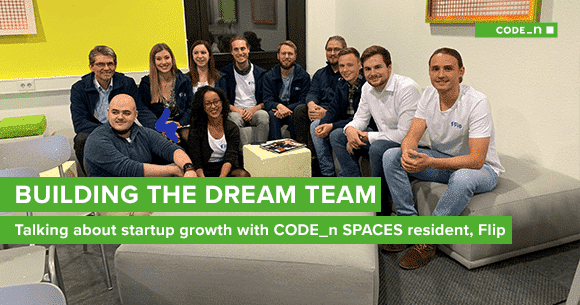Raising Startup Funds – A Merging of the Minds?
After coming up with the concept of the “next big thing”, funding is the first big challenge facing every technology startup. There are living expenses. There may be legal and administrative expenses in incorporating or registering a business. And, assuming the initial development work is successful, entrepreneurs will need an office and employees. But where do you start?
Historically, we’ve seen different approaches in Europe and the US in the funding of startup ventures, with the US focusing more heavily on private equity and risk-based investment and Europe tending to place a greater emphasis on loans and governmental or institutional involvement.
In the US, entrepreneurs begin by maxing out their credit cards. Then they’ll do the rounds of angel investors to fund the business through proof of concept to first customer acquisition. Once the proposition is market-proven, they’ll hit the venture capital trail. This has been the typical route to market for America’s best-known technology success stories – Facebook, Twitter, Google, and the like. This approach has significant upsides for investors if the business succeeds, but if the business does fails, those businesses, and their investors, lose everything. It’s a high stakes game that ebbs and flows with the market.
In Europe, seed money has traditionally come from family members, followed by bank loans and grants from public bodies – a theoretically safer approach, but also one that offers a different kind of incentive to investors, one that is decidedly not “get-rich-quick”. Talentsoft, a French cloud-based talent management solutions company, has blended US and European approaches with investments coming from the European arm of a US venture capital firm and from a French government institution.
While this public-supported approach is available in the US through organizations such as the small Business Administration, they tend to be more popular with conventional businesses looking to fund expansion than with technology entrepreneurs looking to fund innovation. US entrepreneurial risk sits firmly in the private sector, whereas Europe expects public institutions to partner in innovation.
But all this is changing with the advent of crowdfunding, led by Kickstarter and Indiegogo. The current crowdfunding record is held by smartwatch innovator Pebble, which raised $10,266,845 from individual donors who asked for nothing more from the company than a free watch – a far cry from the significant equity expected from a typical VC investment. But this approach has its downside for entrepreneurs, however, in that if the stated fundraising goal is not met, the entrepreneur gets nothing. Ubuntu Edge found this out the hard way when they used crowdfunding in their quest to raise $32 million to develop a Linux-based smartphone; they hit a wall at $12.8 million, and that was the end of that.
The latest twist to crowdfunding, epitomized by RocketHub, exchanges the Kickstarter reward system for true equity. This, however, brings the additional complication of having to comply with investment regulations in any country in which the entrepreneurs and their investors have a presence; the jury is still out on how palatable the additional regulatory oversight will be to both parties.
It’s clearly a crowded marketplace for any entrepreneur seeking to take their business to the next level. In future posts, we’ll take a closer look at individual paths to successful exits by both European and US startups.







Write a comment